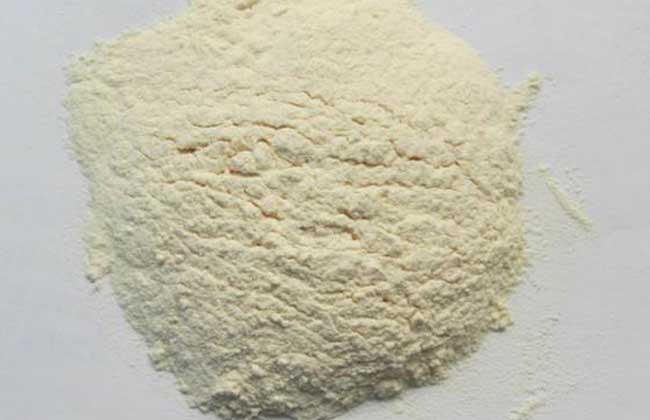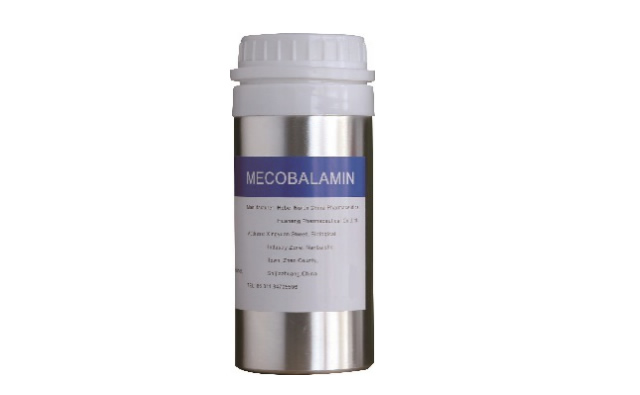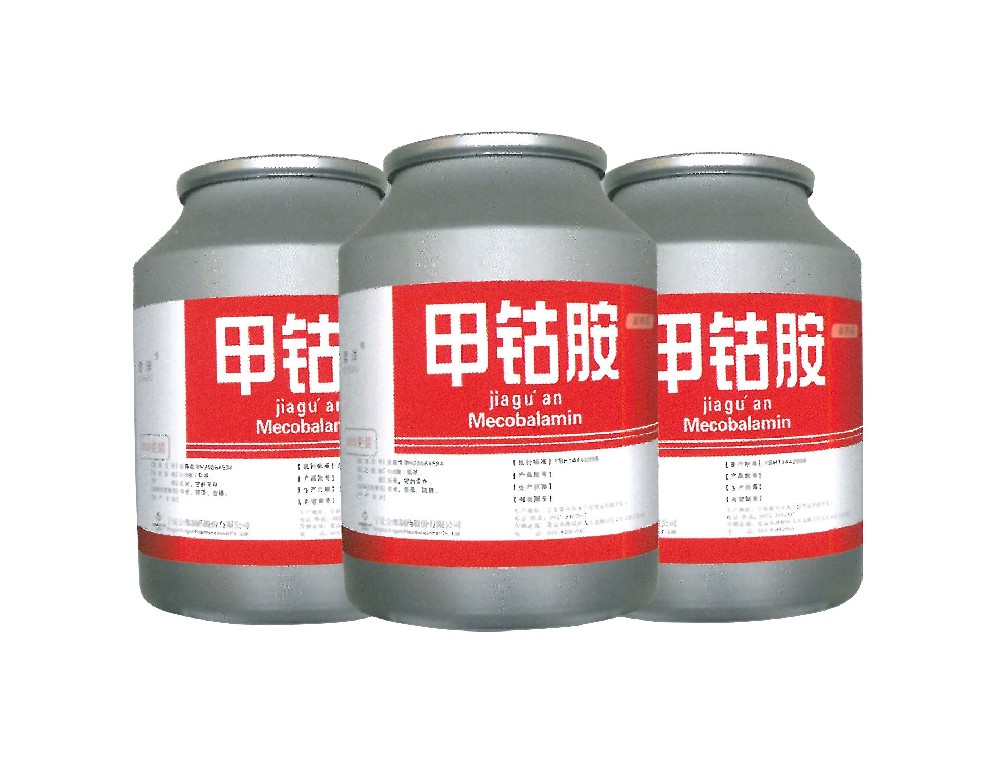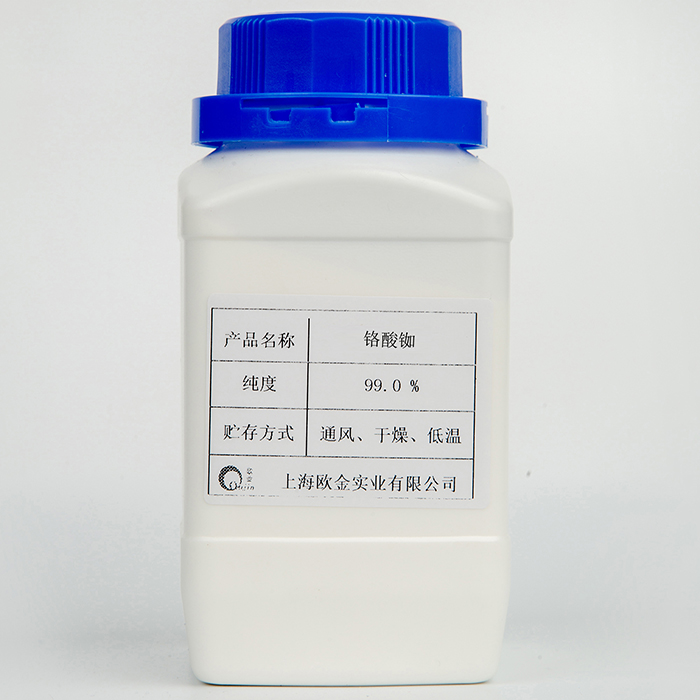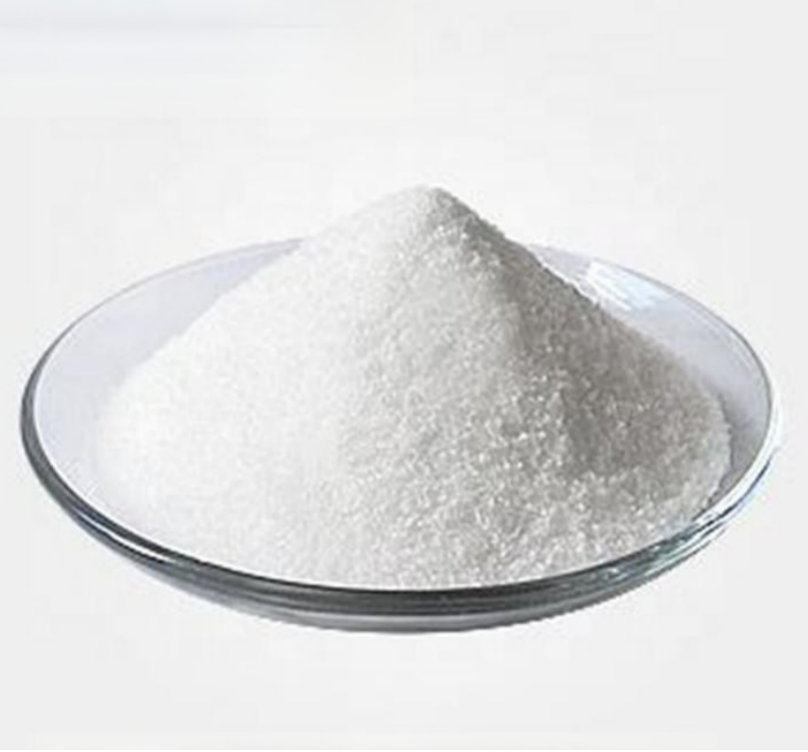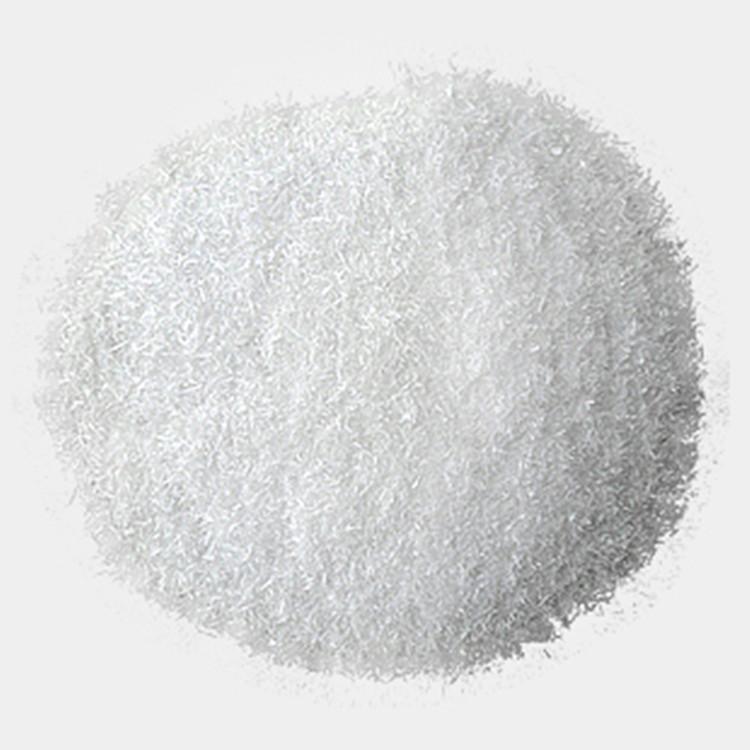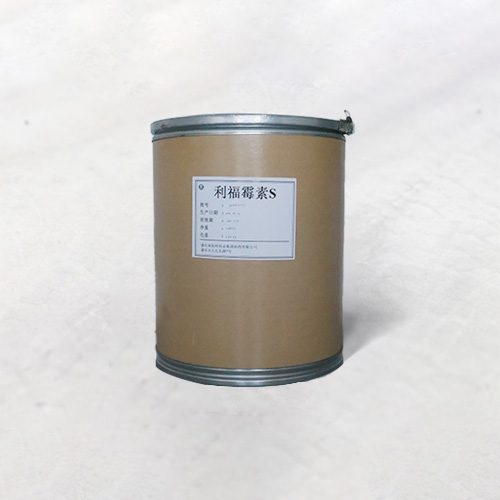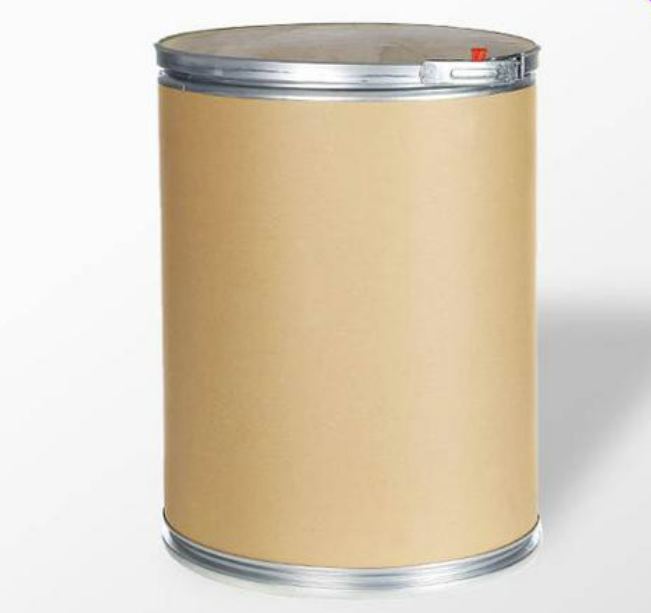Pharmaceutical Raw Materials
Veterinary API
Antiallergic Drugs
Hormones and Endocrine Drugs
Drug Metabolism
Pharmaceutical Intermediates
Synthetic Anti Infective Drugs
Specialty Drugs
Vitamins and Minerals Medicines
Feed Drug Additive
Antineoplastic Agents
Nervous System Drugs
Respiratory Drugs
Diagnostic Agents
Anti Stress Drugs
Antipyretic Analgesics
Antiparasitic Drugs
Circulatory System Drugs
Biochemicals
Blood System Drugs
Immune System Medication
Pharmaceutical Excipients
Fluid, Electrolyte, and Acid-Base Balance
Urinary System Drugs
Antibiotics
Anesthetic Agents
Inhibitors
Other Chemical Drugs
Digestive System Drugs
CAS:133627-45-9
Molecular Formula:C6H7ClN2
Alias
More Information
2-Chloro-4-Methylpyridin-3-Amine; 3-Amino-2-Chloro-4-Picoline; 3-Amino-2-Chloro-4-Methyl Pyridine; 3-Amino-2-Chloro-4-Methylpyridine; 2-Chloro-4-Methyl-Pyridin-3-Ylamine; 2-Chloro-3-Amino-4-Picoline; 2-Chloro-3-Amino-4-Methylpyridine
Brief Introduction
2-chloro-3-amino-4-methylpyridine is a key pharmaceutical intermediate for the synthesis of nevirapine, an anti AIDS drug. It is widely used in the synthesis, research and development of pharmaceuticals, pesticides and veterinary drugs. It has high application value and market value.
Suppliers
View More Vendors (2) >
CAS:13422-55-4
Molecular Formula:C63H91CoN13O14P
Alias
More Information
Methylcobalamin; Cobalt-Methylcobalamin; Cobinamide,Cobalt-Methylderivative,Hydroxide,Dihydrogenphosphate(Ester); Methyl-5,6-Dimethylbenzimidazolylcobalamin; Vitamin B12; Vitamina B12
Brief Introduction
This product is used to treat nervous system diseases, relieve pain and numbness, quickly relieve neuralgia, improve the pain caused by cervical spondylosis, and treat sudden deafness.
Suppliers
View More Vendors (2) >
CAS:13446-72-5
Molecular Formula:CrO4Rb2
Brief Introduction
Made from the heating reaction of chromium anhydride and rubidium carbonate. Used in the pharmaceutical industry as an hypnotic, tranquilizing agent.
Suppliers
View More Vendors (2) >
CAS:135-02-4
Molecular Formula:C8H8O2
Alias
More Information
O-Anisaldehyde; 2-Methoxybenzaldehyde; Salicylaldehyde Methyl Ether; O-Anisaldehyde,Salicylaldehyde Methyl Ether; Adjacent Methoxy Benzene Formaldehyde; 2-Methoxy-Benzaldehyd; 2-Methoxybenzenecarboxaldehyde
Brief Introduction
Colorless prismatic crystal. Soluble in alcohol, ether and benzene, insoluble in water. It is yellow when it reacts with sulfuric acid. This product is an organic synthetic intermediate, which is used in the production of spices and medicine. O-methoxybasic formaldehyde can be used in production. O-methoxybenzaldehyde can be used to produce adrenaline like drug CHUANKENING.
Suppliers
View More Vendors (2) >
CAS:13553-79-2
Molecular Formula:C37H45NO12
Alias
More Information
Rifamycin,1,4-Dideoxy-1,4-Dihydro-1,4-Dioxo; Einecs 236-938-4; Unii-Pi53N820Jv; Rifomycin-S; (12S,3E,5S,13E,15Z)-7T-Acetoxy-15,9C,11T-Trihydroxy-5R-Methoxy-12,4,6T,8C,10C,12T,16-Heptamethyl-2-Oxa-18-Aza-1(2,7)-Naphtho[2,1-B]Furana-Cyclooctadecaphane-3,13,15-Triene-11,6,9,17-Tetraone; Rifaximin S; O1,O4-Didehydro-Rifamycin; Nci 144-130; 1,4-Dideoxy-1,4-Dihydro-1,4-Dioxorifamycin; 1,4-Dideoxy-1,4-Dihydro-1,4-Dioxo-Rifamycin; 2,7-(Epoxypentadeca(1,11,13)Trienimino)Naphtho(2,1-B)Furan-1,6,9,11(2H)-Tetron; 4-Dideoxy-1,4-Dihydro-1,4-Dioxo-Rifamycin; Rifampicin S; Rifaximin Ep Impurity E (Rifamycin S); 2,7-(Epoxypentadeca[1,11,13]Trienimino)Naphtho[2,1-B]Furan-1,6,9,11(2H)-Tetrone, 5,17,19,21-Tetrahydroxy-23-Methoxy-2,4,12,16,18,20,22-Heptamethyl-, 21-Acetate (7Ci,8Ci); Rifamycin Ep Impurity B
Brief Introduction
Rifamycin S is an antibiotic against Gram-positive bacteria (including MRSA). It is involved in the oxidation form of two electron reversible redox system. Therefore, it can produce reactive oxygen species (ROS) and inhibit microsomal lipid peroxidation. It can be used in the study of tuberculosis and leprosy.
Suppliers
View More Vendors (2) >
Inquiry (
10
/ 10
)
Clear All
Sign In
Error!

